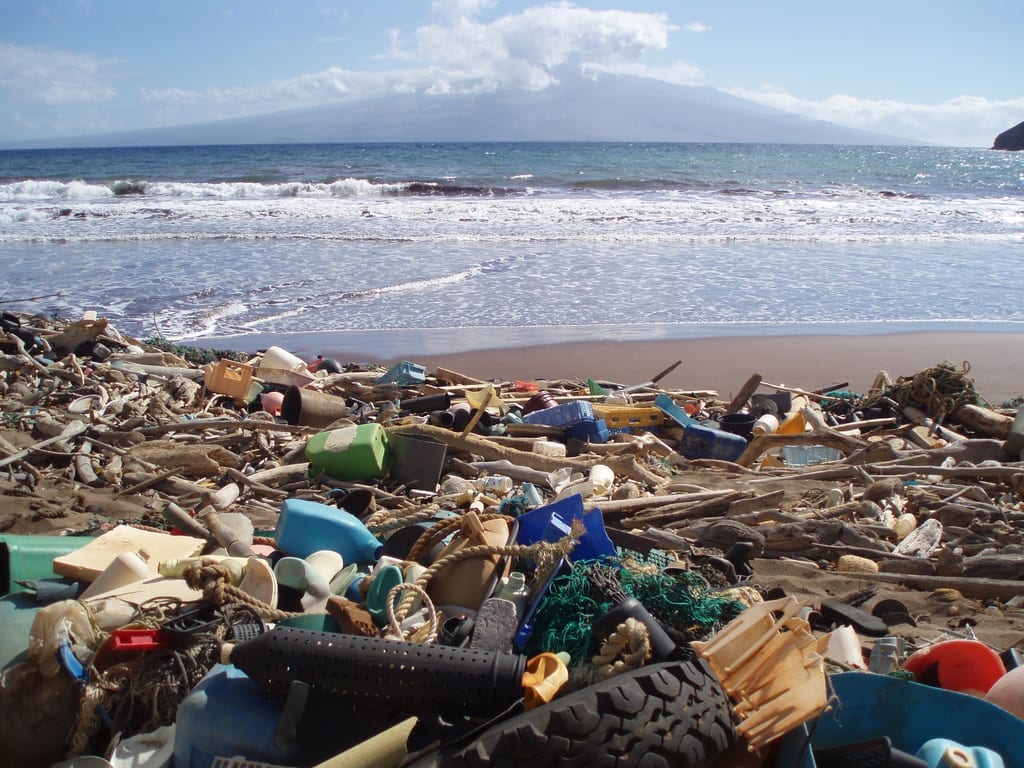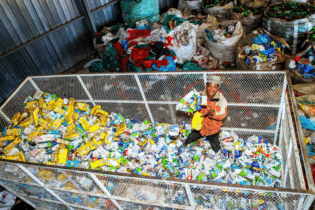
A new report says that there could be more plastic than fish in the ocean by 2050. Picture: Supplied
After investigating the possible threats of microplastics, Dr Ali Karami, an Iranian scientist, told The Herald that planet earth is silently being conquered by these micro bombs. “If microplastics are there, it means it is impossible to remove them since they are tiny and also numerous in number,” he said.
Karami believes that plastics could finally wipe out lives from the planet, and referred to them as “the big bad wolf of the 21st century”.
Microplastics are found in synthetic household materials such as a bath sponge, or form after a process of disintegration when exposed to sunlight or other natural elements.
As a result of rising global marine pollution, plastic substances that breakdown over time are inevitably ingested by marine life. These plastics then move through the bloodstream of sea creatures and based on recent studies, microplastics can also be easily absorbed into the human bloodstream.
Karami explained that microplastics act like sponges in that they absorb contaminants from the surrounding water and release them when they get ingested by animals or humans.
Currently, 322 million tonnes of plastic is produced globally every year. Of this, between five and 13 tonnes is eventually disposed of in oceans, rivers or lakes.
Study on microplastics in salt
Karami and his international team of researchers studied the level of microplastics contained in salt produced in eight different countries, including South Africa.
He explained that the decision to focus on salt was because it is widely consumed and also has a susceptibility to microplastics pollution in large saltpans.
“Salts are produced by evaporating seawater in the saltpans and, as such, microplastics, which have been in the seawater, remain in the salt,” he said.
In South Africa, microplastics do not currently pose a large threat as their findings indicated that salts levels were not high enough to pose an immediate health threat.However, he added that longterm consumption of various contaminated products could pose a threat.
The studies indicated that China’s salt showed large amounts of microplastics and that this was being aggravated by an increase in plastic production and pollution.
Karami also said microplastics analysis was still not part of food safety management systems and added that based on the results of this study, food products, especially seafood, should be analysed for any potential microplastic contamination before marketing them.
Source:HeraldLive









